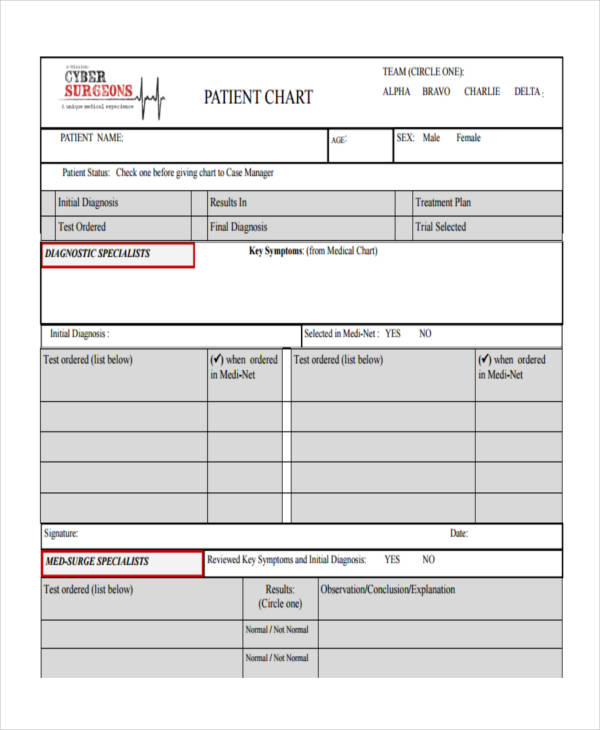

The long answer: Digital health records are often more complete than paper ones. Thousands of persons’ identity documents-including birth certificates-were washed away. The ID crises in New Orleans post-Katrina illustrate the problems that can arise when valuable paper records become nigh-on unrecoverable. This can spell certain disaster during accidents: fires, floods, termites, and the like.

Paper records are often more difficult to copy, so a lot of medical record libraries have unique files without remote backups. It suggests that the company is not truly invested in their EMR solution.Īssuming the employment of cloud technology and multiple backup systems, though, digital would win over paper. If updates are extra-slow, for example, you should be a little worried. How can you avoid this scenario? By choosing EHRs from reliable, stable companies fully dedicated to their products. The only thing to do then is to switch to an entirely different EHR. When this happens, you are stuck with an EMR program that will no longer keep up with industry needs and regulations. Some companies even cease to exist, with similar results for their products. There are occasions when the vendor/maker of a particular EHR ceases support for the product. The Kahun Medical Papyrus is a fine example of the longevity paper documents can boast.Ī persistent concern too for digital records has to do with vendor endurance. Given better training and more incentive to be accurate, other healthcare workers would likely see reduced error rates too. Yadev’s proposed explanations were the relative techno-savviness of the younger residents and the fact that they are typically under more scrutiny than their better-established colleagues. It is suggestive, for instance, that the JAMA article mentioned above found the documentation error rates for resident physicians to be 1/3 of that for attending physicians.

At the same time, ongoing performance evaluations and feedback loops may be necessary to monitor record accuracy. Rather, healthcare professionals should be trained better and informed of the dangers of copy-pasting. Yet, retrograding technology instead of moving it forward seems an odd answer at any time. It is a function highly susceptible to abuse, yes. This hardly means the copy-paste function should be removed from EHRs, of course. All because someone in a hospital was too lazy to ensure proper documentation. Because this did not agree with her insurance data, she nearly lost her coverage. Changes to a patient’s condition would require editing that information, after all-but some are simply too lazy (or too invested, billing-wise) to care.Įxamples of complications from copy-paste issues include a case where a patient was mistakenly portrayed as having a history of breast cancer as opposed to a family history of the ailment. The trouble arises when medicos become too lazy to check that all the cloned data is still applicable. The use of copy-paste to clone data from one field of a medical record to another is obviously intended to save time. These basically fictional procedures reflect as real ones in the patient’s billing statement if not detected for what they are. This is through “upcoding”, the process of over-reporting (often through copy-paste) medical procedures on a patient’s record. Among other things, it has also been noted as a potential vehicle for medical fraud. This issue has been acknowledged more than once already as a snag for EHRs. Yadav also suggested that another, even likelier cause for the errors is the Copy-Paste Problem. That would mean fewer chances of their memories failing them. Were the same doctors using paper, they would be more likely to create the record at or immediately after examination. These doctors might go in, do their rounds, and then attempt to create the electronic record later from memory. Siddhartha Yadav, suggested that the difference could be due to the time gap between examination and documentation for some physicians. By contrast, paper medical records had a 4.4% error rate in the same study. Electronic records were found to have a 24.4% documentation error rate in a study published in the Journal of the American Medical Association. However, digital medical records actually tend to be less accurate than paper ones. It is likely to be more complete, for one thing, and also boasts more exhaustive charting and form options. The long answer: On the face of it, one might expect an EHR to win over a physical medical record here. The short answer: Paper wins-but largely because of human laziness/ineptitude.


 0 kommentar(er)
0 kommentar(er)
